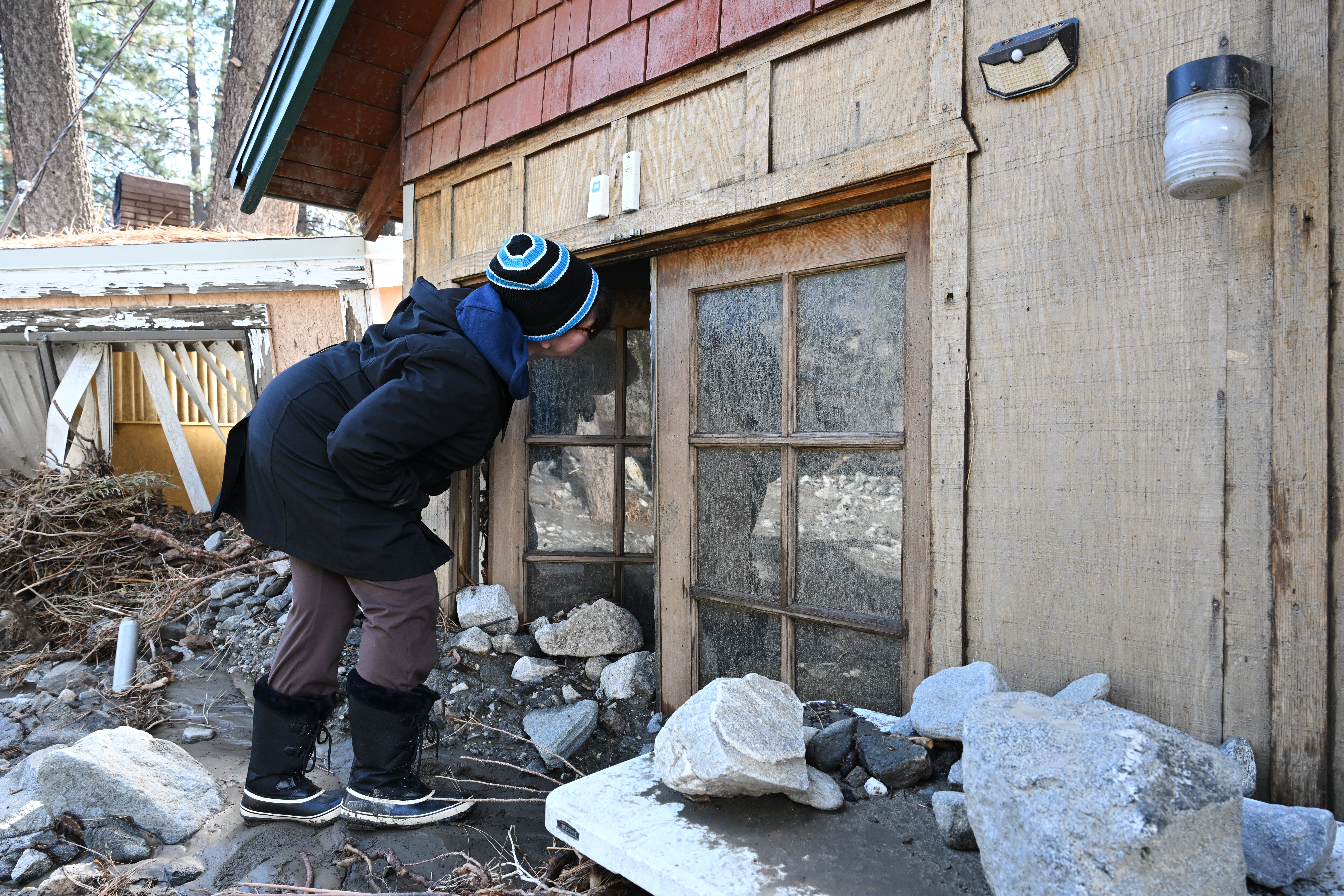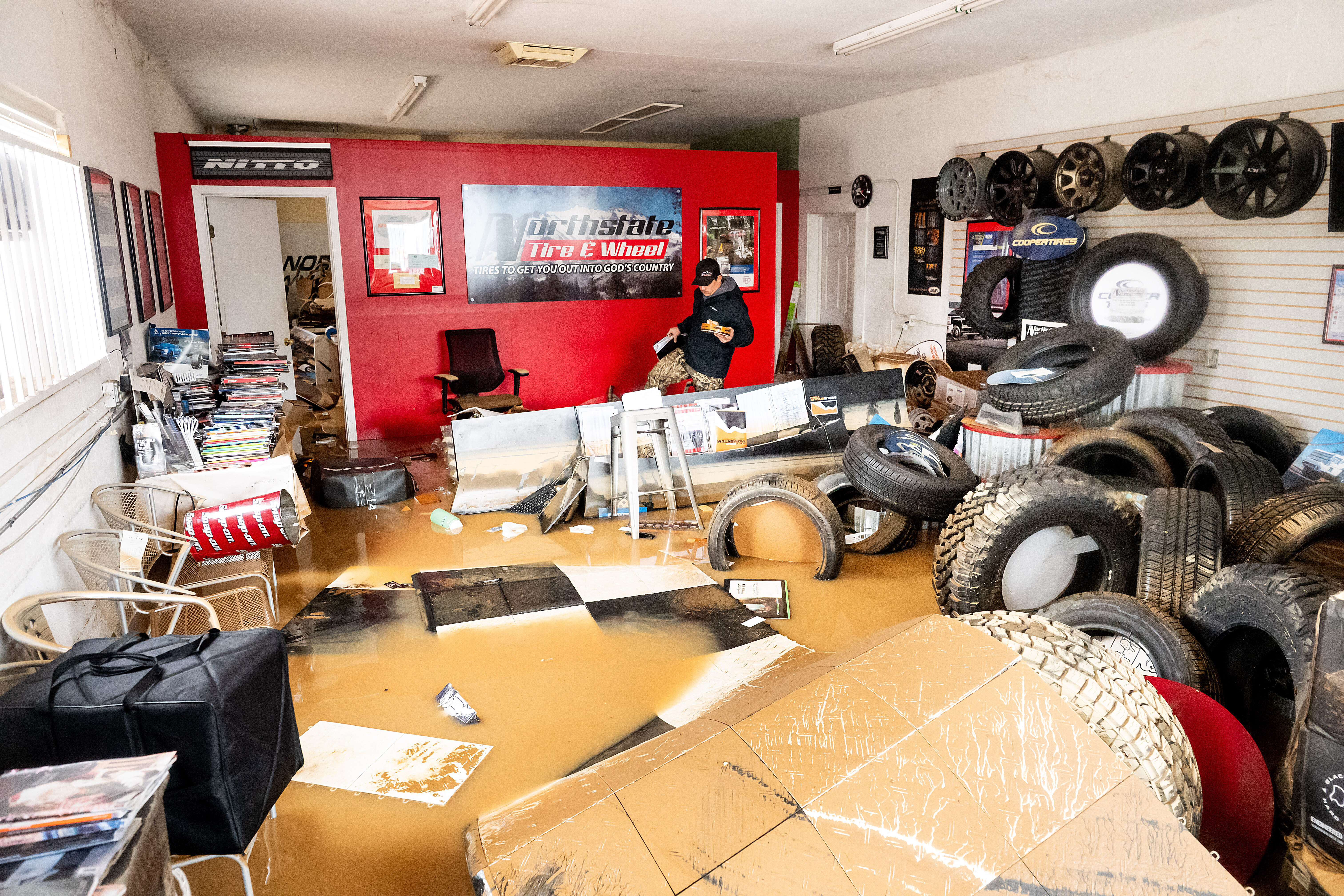In some parts of California, wildfires are getting so hot, they're forming clouds commonly associated with volcanoes.
Pyrocumulus clouds had been spotted before the most recent wildfires but weren't formally recognized until early 2017, when the World Meteorological Organization updated its cloud atlas for the first time in 30 years.
Pyrocumulus clouds start forming like any other cumulus cloud: The sun heats Earth's surface, which pushes columns of warm air above denser, cooler air. This warm air eventually cools off and condenses into a cloud.
But a wildfire can make the process even more spectacular. Burnt plants release water into the atmosphere. The rising water vapor and warm air condense around particles of smoke from the fire.
If pyrocumulus clouds collect enough water, they can even produce rain that could fall on the same wildfires that created them. But firefighters aren't expecting help this time. Right now, California is historically dry.




 Powerful Winds Threaten To Make Southern California Fires Even Worse
Powerful Winds Threaten To Make Southern California Fires Even Worse






